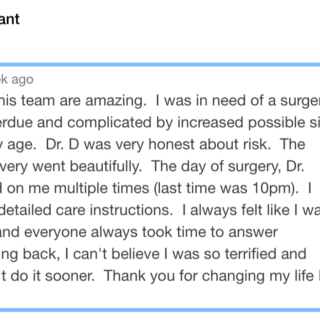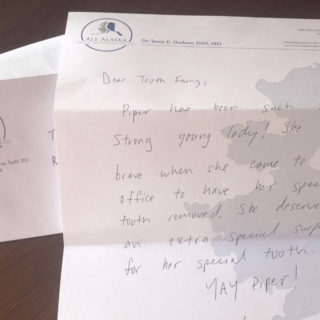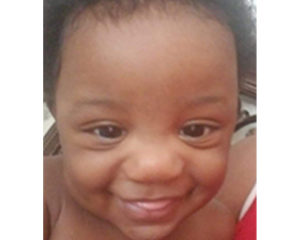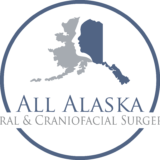Babies with Robin Sequence are born with a smaller-than-normal lower jaw, downward displacement of the tongue and cleft palate. The biggest concern for these children is adequate breathing and oxygenation during early life. Often times, the overtly small lower jaw is noted on fetal ultrasound and the pregnant mother will be referred to a craniofacial specialist to discuss possible treatments for their baby after birth.
More than likely, if you’re your child was born with Robin Sequence, she will not require surgery to improve breathing, although eventual cleft palate repair will be necessary between 12-18 months of age. In the event that infant surgery is required to improve breathing, your pediatric craniofacial surgeon will discuss all options and benefits of surgery for your baby.
What causes Robin Sequence?
Also known as Pierre Robin Sequence, this congenital condition is linked to genetic anomalies in certain chromosomes. It is most often referred to as a “sequence” because in children that suffer from this disorder, a “chain” of developmental malformations occurs, each one leading to another for a total of three malformations:
(1) Small lower jaw
(2) Enlarged, posteriorly positioned tongue
(3) Cleft palate
Experts note that the causes of Robin Sequence are often unclear. Sometimes, it occurs as an isolated anomaly with no apparent obvious reasons. Sometimes it can be just one part of a larger syndrome, such as Stickler Syndrome, trisomy, or Treacher-Collins Syndrome. Others hypothesize that a low volume of amniotic fluid in utero or perhaps connective tissue disease may be responsible for the appearance of Robin Sequence.
Diagnosis of Robin Sequence
As previously mentioned, in many instances Robin Sequence can be diagnosed before the child is born, which allows for quick action in assessing the airway once birth takes place in order to make sure it is not obstructed. Obstructed airways can lead to not only hypoxia – a condition in which the body is deprived of adequate oxygen supply – but also heart problems, feeding difficulties, and brain impairment.
Generally, if the malformations are not diagnosed prior to birth, a simple physical exam immediately after birth will reveal the condition. At that point, a pediatrician will be consulted, who will likely recommend a consultation with numerous specialists, including a pediatric craniofacial surgeon. Additionally, if obstructed breathing is noted, a pediatric pulmonologist – breathing doctor – may be called upon to assess the child with a “sleep study” to clarify the severity of the airway obstruction.
Treatment
Because keeping the airway open is the first priority for any infant born with Robin Sequence, the child may need immediate help with breathing, which might be achieved with prone “tummy” positioning or the insertion of a “nasopharyngeal airway”, which is when a small tube is placed through the nose into the upper airway to improve breathing.
However, if airway obstruction persists, “tongue-lip adhesion” may also be recommended by the pediatric craniofacial surgeon. This involves suturing the undersurface of the tip of the tongue to the inside of the bottom lip. This procedure holds the tongue in a forward position so that it does not obstruct the airway.
In cases of severe upper airway compromise, a qualified pediatric craniofacial surgeon may recommend “distraction osteogenesis”. During this procedure, an internal or external facial orthopedic device is applied to the mandible – the lower jaw – during a surgical procedure.
When this device is “activated” – turned in sequential fashion – the jaw is gradually brought forward, thereby enlarging the upper airway space and greatly improving breathing. After the lower jaw has been adequately moved forward, new bone forms in the gap that was created and the “distractors” are removed during a second, shorter surgical procedure.
The child with Robin Sequence will also require cleft palate repair. This surgery generally occurs between 1 and 2 years of age and is designed to improve eating and speech function.
Eventually, as the child’s teeth come in and facial bones continue to develop, because their lower jaw may still be relatively small, facial malalignment and dental crowding may occur. The child’s pediatric dentist along with an orthodontist and oral surgeon often assist in addressing this situation.
As the child develops…
Other issues may arise as a child with Robin Sequence develops, including difficulties with speech and growth issues. Hence, parents should continue to monitor the child’s development after all projected surgeries are complete in order to identify any additional problems.



